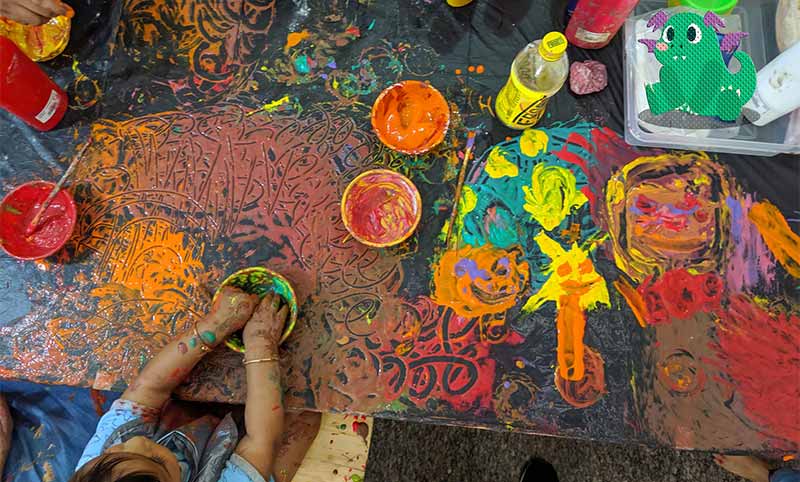Sensory craft activities are an excellent way to teach young children fine motor skills as well as discover new textures and colours and new shapes. Sensory art and crafts for toddlers and preschoolers are entertaining educational activities that enshrine their curiosity and build up confidence in self-creativity. Sensory playing helps in improving the motor skills and creates an interesting game for children and this article reveals the sensory art and craft for kids.
Why Sensory Craft Activities Matter for Early Childhood Development
It is at the age of 3.5years to 5years that children are most developmental in their fine motorisation. Sensory craft and art activities facilitate such development by involving aspects that entail squeezing, pinching and grasping that enhance motor skills in the small hand muscles used in writing or cutting. These activities also inspire children’s physical, visual and sometimes even their kinaesthetic explorations.
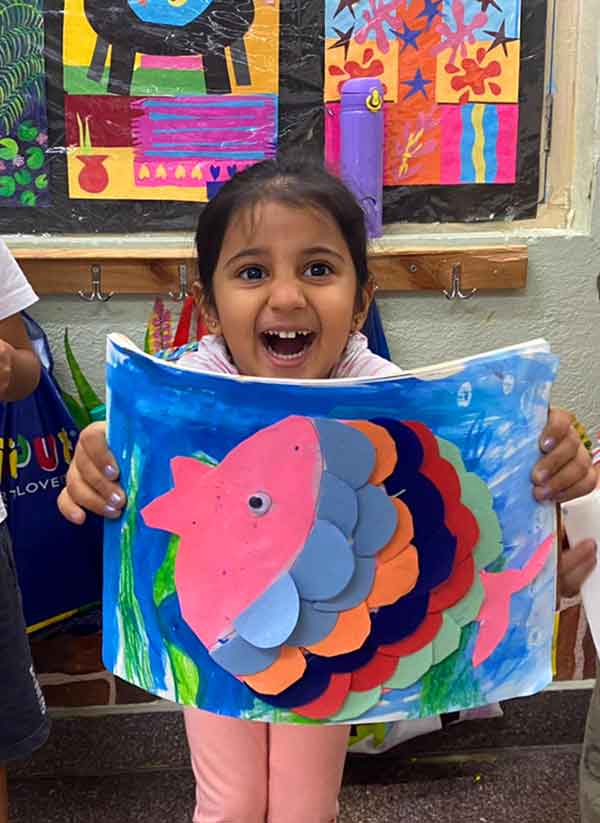
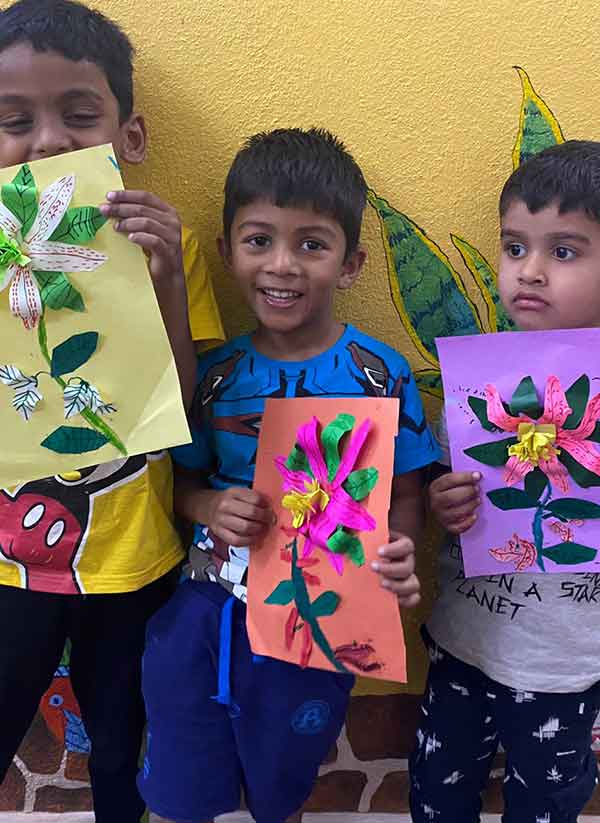
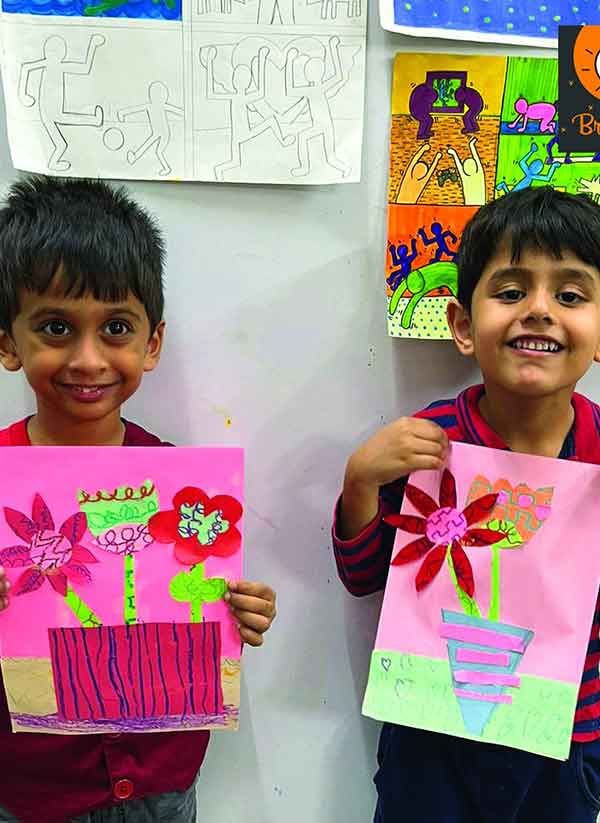
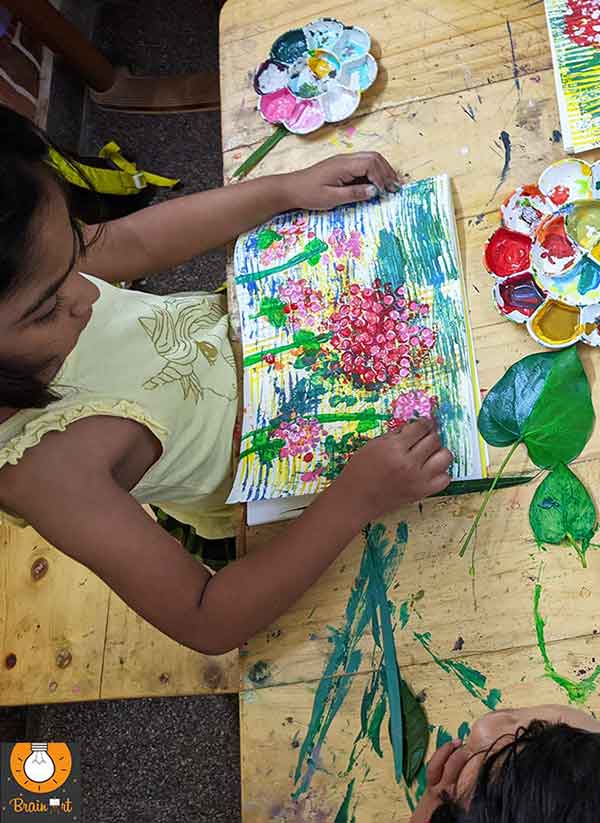
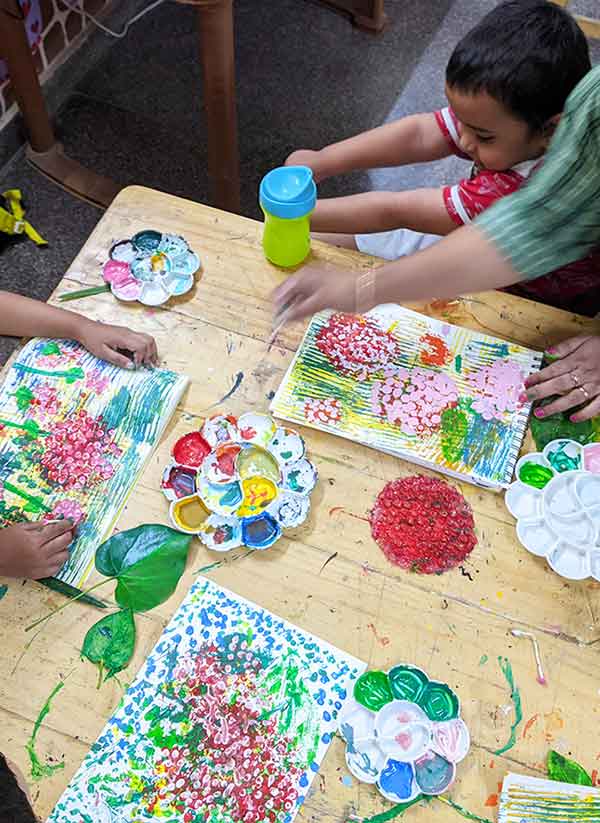
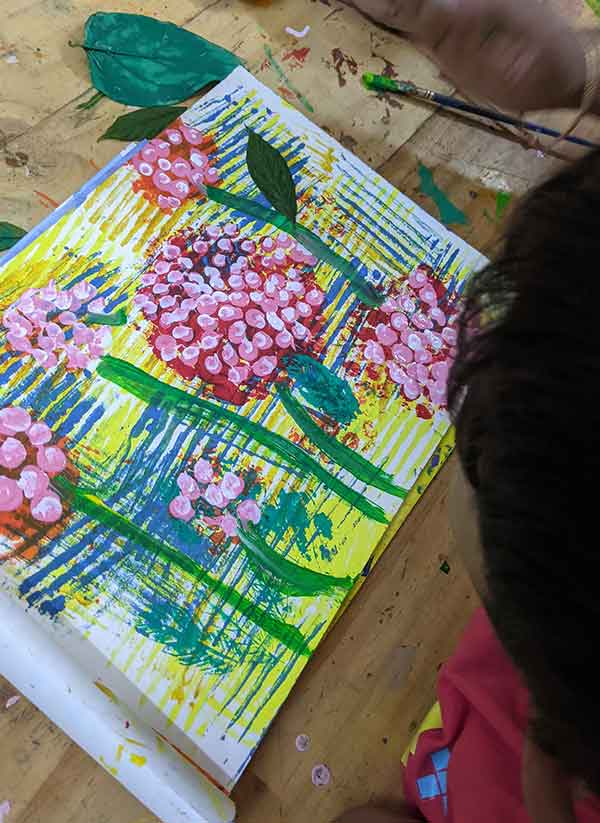
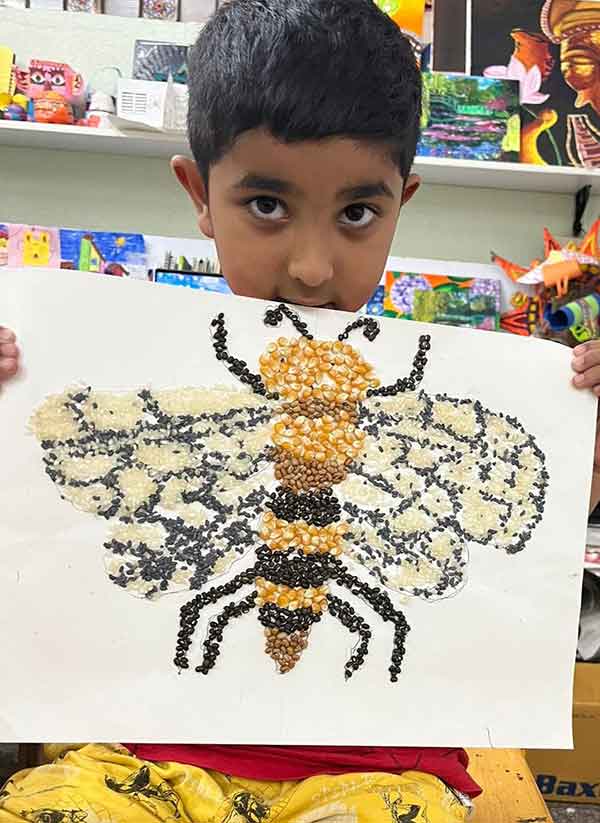
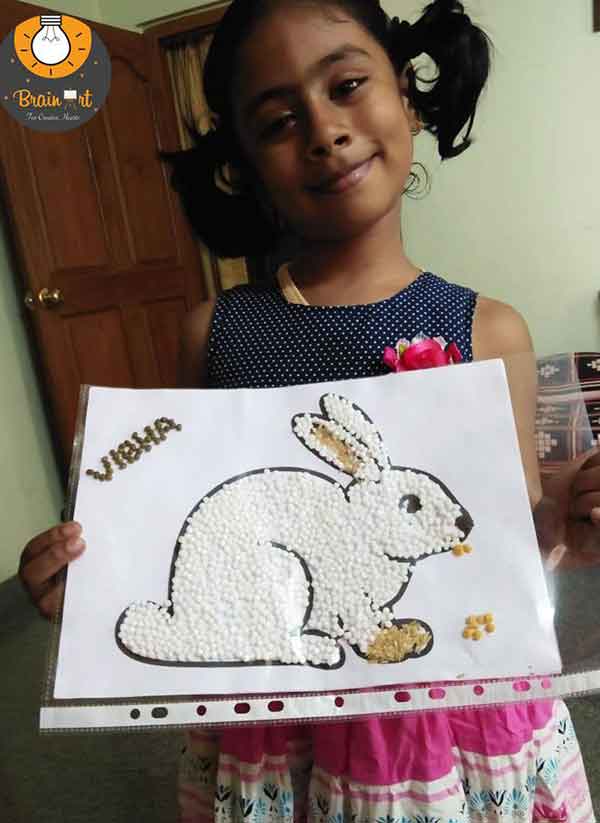
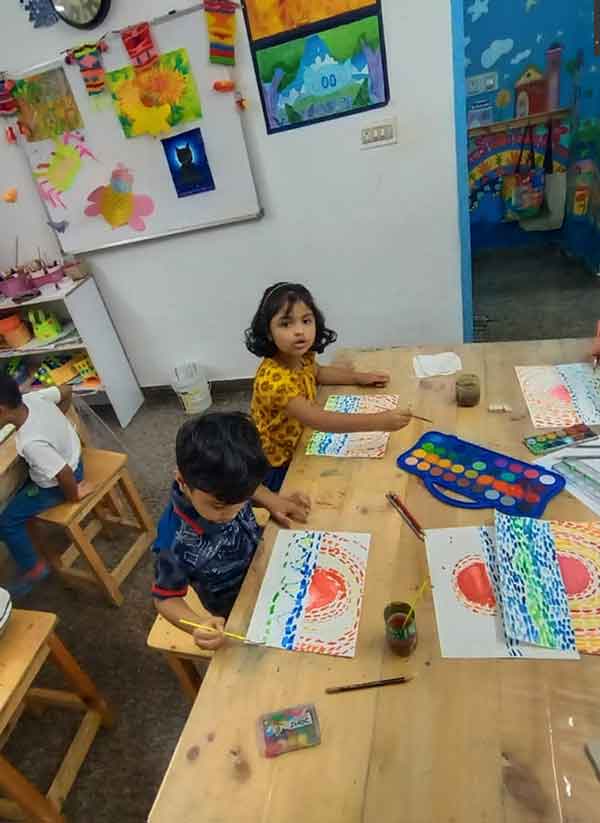
Top Sensory Craft Activities for 3.5 to 5-Year-Olds
Here are some fantastic sensory art activities designed specifically to support fine motor skills for toddlers and preschoolers:
1. Textured Collage Creation
This activity makes children engage in a collage in order to explore the different feels felt with hands. Some of the items that you would need include sandpaper, cotton wool, feathers and fabrics.
• How to Do It: Make it simple: Explain to the kids to take the paper, glue and pray the layered several types of textured papers and let them join. Lastly, I let them use their fingers to pick up the items on the paper,use glue to arrange them as per their discretion. This process also sharpens the private body areas especially the fingers and the touch perception that one has over the object.
• Skills Developed: Tactile sense, comprehensible movement as well as creativity.
2. Clay Play and Sculpting
Manipulating the clay is one of the most’ traditional’ activities that promotes fine motor achievement among children through sensory activities. Due to its consistency, clay that is used is easy to mold with little hands.
• How to Do It: Children should then be provided with small balls of clay or play dough and told to manipulate it. They can make simple forms or attempt to roll, flatten or slice the clay.
• Skills Developed: Dexterity, coordination of hands, and all types of perception – of space at any rate.
3. Finger Painting Exploration
Furthermore, such types of activity, like finger painting, is not only entertaining, but it could become the excellent opportunity to feel and understand the difference of colors and taste touchingly and directly.
• How to Do It: Offer washable paints in different colors covering a wide area of a surface of paper or canvas. These can be the simplest idea for children: let them finger paint and try to paint some patterns, mix colors and draw shapes.
• Skills Developed: Fine motor skills, three distinguished sensations of the fingertips, or the ability to feel touch or contact, control and a distinction of colors.
4. Sensory Sand Art
Sand art is a fun means of teaching children about the five basic sensory experiences with natural elements. Pupils can engage their creativity and use sand in order to discover different pattern and colors.
• How to Do It: Coloured sand can be placed in a tray or patted down on paper, and patterns made out of this material apply glue, then sand can be sprinkled over it. As for sense experience, children can find different shapes exposing their hands into it, and can create sand art.
• Skills Developed: As for the fine motor skills, creativity and or sensory awareness their was considerable improvement.
5. Bubble Wrap Painting
Bubble wrap printing is an innovative approach to making prints that would help young children satisfy their tactile curiosity.
• How to Do It: Place the paper on top of bubble wrap and splash paint on it before pressing it down and leaving to dry then peel the bubble wrap. Children enjoy the pop and feel of the bubble wrap making it a good point for learning with a sensory interest.
• Skills Developed: Sensory integration, coordination of movements of the fingers and hand, muscular strength at the joints in the wrists and hands, visual-perceptual skills, and force control when manipulating objects.
Conclusion
The integration of sensory craft into young children’s daily schedule allows them many opportunities to practice fine motor skills, engage their senses, and be creative individuals. It is also important that such art activities as textured collages, bubble wrap painting, etc are fun for the toddler/ preschooler and the sensory aspects of creating art are useful to them in one way or the other. Early programming of the sensory and gross and fine motor systems provides the basis for learning and lower order creativity later.

